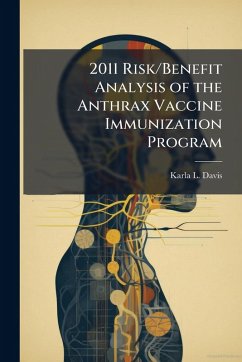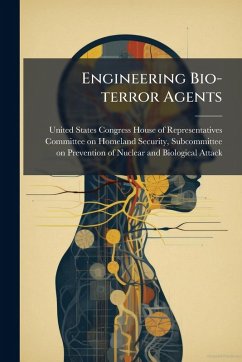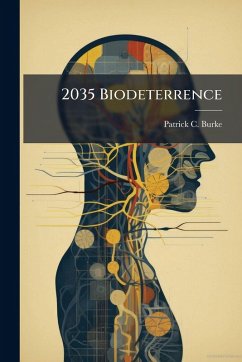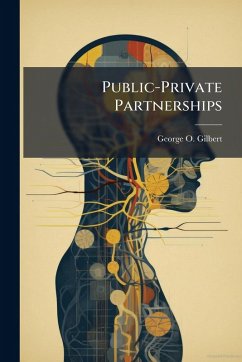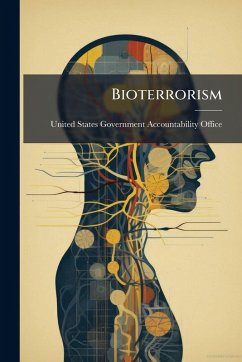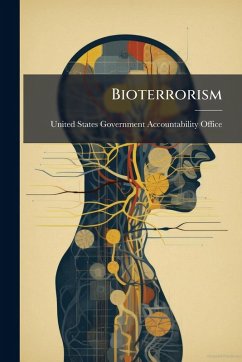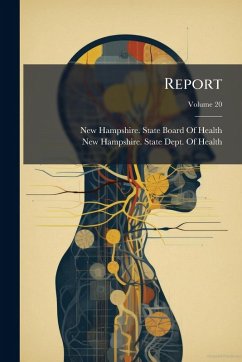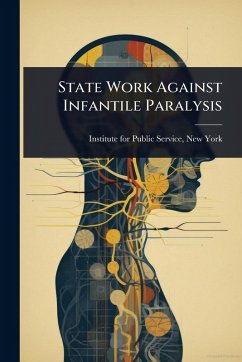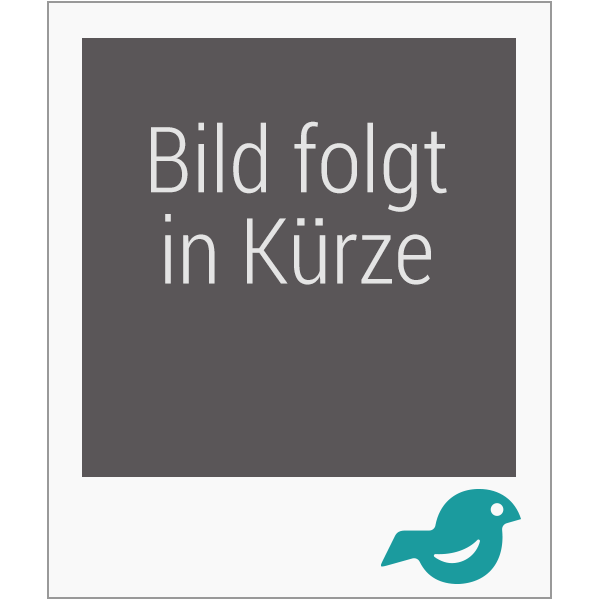
Comparative Analysis of Biosurveillance Methodologies
Versandkostenfrei!
Versandfertig in über 4 Wochen
17,99 €
inkl. MwSt.
Weitere Ausgaben:

PAYBACK Punkte
9 °P sammeln!
Threats of Chemical, Biological, Nuclear, Radiological, or High Yield Explosive (CBRNE) events in the United States have caused the implementation of improved preparedness initiatives. This paper focuses on biological readiness initiatives, and compares two methodologies; one already fielded called BioWatch and another developing project, called "A Hot Idea." BioWatch, a biosurveillance methodology operating since June 2003, collects air samples in 31 cities across the United States on filter paper that is analyzed for the presence of harmful biological agents. The time from biological release...
Threats of Chemical, Biological, Nuclear, Radiological, or High Yield Explosive (CBRNE) events in the United States have caused the implementation of improved preparedness initiatives. This paper focuses on biological readiness initiatives, and compares two methodologies; one already fielded called BioWatch and another developing project, called "A Hot Idea." BioWatch, a biosurveillance methodology operating since June 2003, collects air samples in 31 cities across the United States on filter paper that is analyzed for the presence of harmful biological agents. The time from biological release until emergency response actions are initiated is expected to be 27-36 hours. "A Hot Idea" uses the body's immune response to identify the presence of harmful biological agents. An increase in temperature is the body's response to inoculation with a foreign agent. Detecting a temperature increase, using infrared thermographers, in a statistically significant portion of population would allow earlier identification of a biological release and thereby accelerate initiation of response actions. This work has been selected by scholars as being culturally important, and is part of the knowledge base of civilization as we know it. This work was reproduced from the original artifact, and remains as true to the original work as possible. Therefore, you will see the original copyright references, library stamps (as most of these works have been housed in our most important libraries around the world), and other notations in the work. This work is in the public domain in the United States of America, and possibly other nations. Within the United States, you may freely copy and distribute this work, as no entity (individual or corporate) has a copyright on the body of the work. As a reproduction of a historical artifact, this work may contain missing or blurred pages, poor pictures, errant marks, etc. Scholars believe, and we concur, that this work is important enough to be preserved, reproduced, and made generally available to the public. We appreciate your support of the preservation process, and thank you for being an important part of keeping this knowledge alive and relevant.



